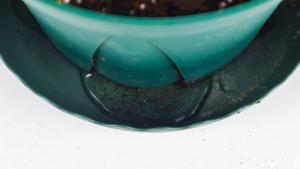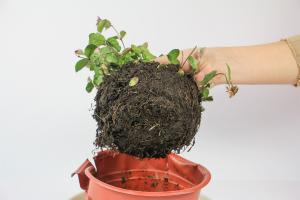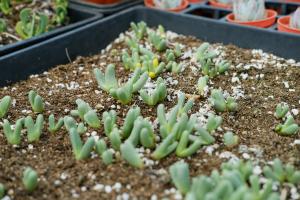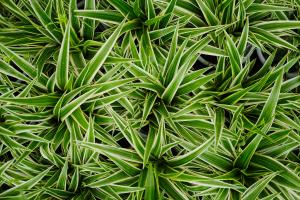Introduction
Water lily plants are known for their unique beauty and delicate elegance. They add a touch of artistry to any pond or water garden. Caring for water lily plants may seem like a daunting task, but with the right information and a little effort, you can easily maintain these beautiful plants in your pond. In this article, we will explore how to care for water lily plants and ensure their healthy growth and vibrant beauty.
Choosing the Right Location
Choosing the right location for water lilies is crucial for their growth and overall health. Water lilies require at least six hours of direct sunlight each day to thrive. Therefore, it is essential to select a spot that receives enough sunlight without being shaded by trees or other plants. Additionally, water lilies need calm water environments to grow, so areas with moving water or strong currents should be avoided. Lastly, the ideal depth for water lilies ranges from 12 to 24 inches. Too shallow, and the roots may become exposed, and too deep may reduce their growth.
Planting Water Lilies
Planting water lilies is a simple process that requires a few basic tools. Start with a large container or basket with no drainage holes. Fill the basket or container with planting soil, and place the water lily plant on top of the soil. Use a few stones or larger gravel to weigh down the container and prevent it from floating away. Lastly, place the container in the pond at the desired depth, ensuring the plant leaves are above the water surface. Avoid burrowing the container into the sediment, as this may cause root rot and the death of the plant.
Fertilizing Water Lilies
Fertilizing water lilies is essential for their growth and development. A lack of nutrients can cause the leaves to turn yellow and stunt their growth. A slow-release fertilizer will help provide the necessary nutrients to the plant for an extended period. Apply a small amount of fertilizer on top of the soil or use fertilizer tablets that can be pushed into the soil. Avoid over-fertilization since it may cause an overgrowth of algae and other undesirable pond issues.
Maintaining Water Lilies
Maintaining water lilies involves regular upkeep to keep them healthy and beautiful. Prune the leaves and remove any yellow or dead foliage to prevent fungal diseases from spreading. Additionally, remove any debris or dead plant matter from the pond to promote a healthy environment. Lastly, use a skimmer or pond vacuum to remove any dirt or debris that may accumulate at the bottom or surface of the pond. Regular maintenance, along with proper planting and fertilization, will help ensure healthy water lilies.
Conclusion
Water lily plants are a beautiful addition to any pond or garden. By following the above tips, you can ensure the healthy growth and vibrant beauty of your water lilies. Caring for water lilies requires a little effort, but the results are worth it. With proper planting, fertilization, and maintenance, you can enjoy these beautiful plants for many years to come.

 how many times do yo...
how many times do yo... how many planted tre...
how many planted tre... how many pine trees ...
how many pine trees ... how many pecan trees...
how many pecan trees... how many plants comp...
how many plants comp... how many plants can ...
how many plants can ... how many plants and ...
how many plants and ... how many pepper plan...
how many pepper plan...































